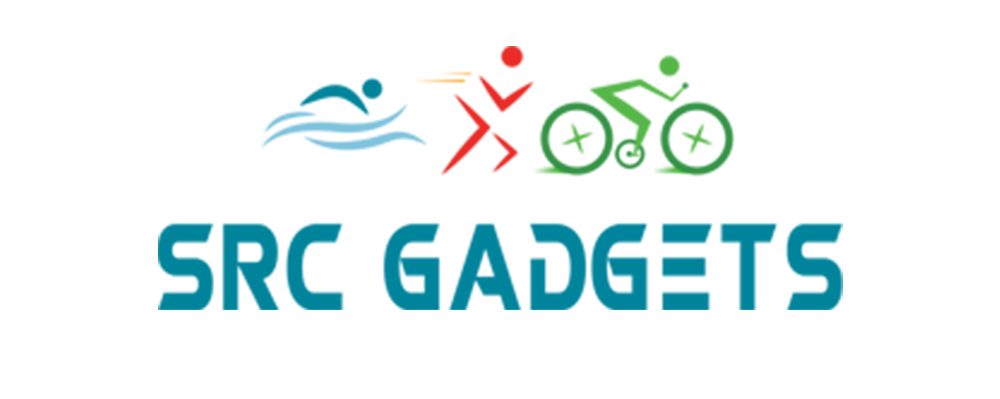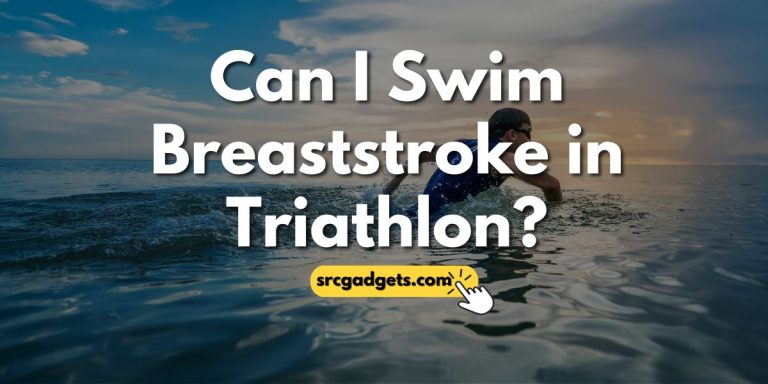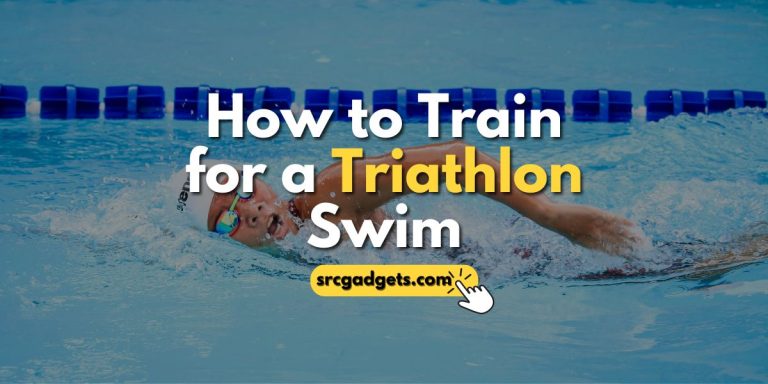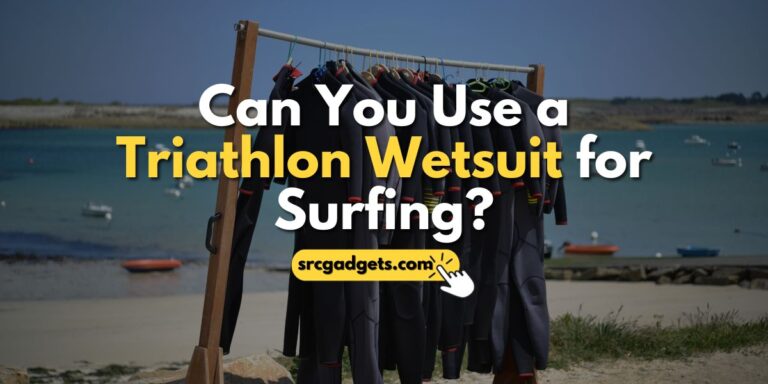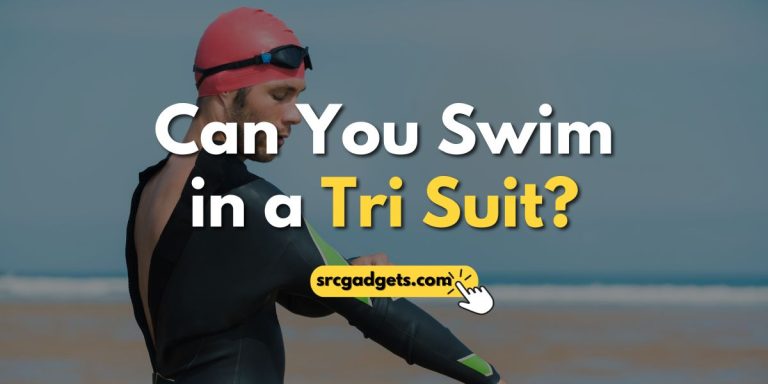How to Train For A Triathlon Without a Pool
Triathlon swim segments can be challenging to train for, especially if a pool isn’t available. Swimming requires stamina and strength, but also skills and techniques.
When athletes cannot access pools for training, adapting and finding alternative methods to replicate pool training’s benefits becomes necessary.
In this blog post, I’ll explore alternative methods and tips for improving your swimming skills, even if you cannot swim in a pool for training in a triathlon.
Swimming Segment in Triathlons: What you need to Know?
In a triathlon, many competitors often consider the swim part the toughest. This phase requires swimming a long distance in open water, anything from quiet lakes to rough seas. The athlete’s stamina, strength, and skill in handling different water conditions are tested here.
Open-water swimming is different from swimming in a pool. In a triathlon, swimmers have to deal with moving currents, waves, and being around a lot of other competitors. The swimming performance of an athlete is crucial in a triathlon, as it sets the tone for the subsequent cycling and running segments.
Alternative Training Methods
Dryland Training
Dryland training is all about getting your body ready for swimming, even when you can’t be in the water. It focuses on two main things: building muscle strength and improving your heart and lung fitness.
For building muscle, you don’t need fancy gym equipment. Simple exercises like planks, push-ups, and using stretchy bands can help. These exercises strengthen your core, back, shoulders, and arms, which are all important for swimming.
Exercises like rowing or using a stationary bicycle machine are effective for heart and lung fitness. They help you build the stamina you need for swimming, letting you swim longer without getting tired.
In short, dryland training is about simple exercises that prepare your muscles and improve your stamina for swimming.
Utilizing Other Water Bodies
Using natural water sources such as lakes, rivers, or oceans is an excellent substitute for pool training. This approach does more than build stamina; it gets swimmers used to the different water environments they might face in a triathlon. Also, it’s very important to keep safety in mind.
Any triathlete training in open waters must adapt to new conditions, such as changing water temperatures and unpredictable currents.
Using Swim Simulators and Resistance Bands
Swim simulators and resistance bands help you swim without a pool. These tools help you work on swimming moves and build muscles.
Resistance bands are stretchy bands that mimic water pushing and pulling. You tie the band to something solid, hold the other end, and swim. This keeps your swimming muscles strong.
Swim simulators let you swim while lying down. They’re effective at working on your technique and strengthening your upper body and core muscles.
Using these tools in training helps you stay fit, keep your swimming muscles in shape, and keep your technique good, even when you can’t swim in a pool.
Technique Work without Water
Visualization and Mental Rehearsal
In sports, especially when you can’t train physically as much, using your imagination is powerful. This is where visualization and mental rehearsal come in. Think of it like playing a movie in your mind where you’re the star swimmer.
You can imagine yourself swimming with perfect strokes, making smooth turns, and even going through a whole race from start to finish. This technique is not just daydreaming; it’s a way to train your brain and body to remember what good swimming feels like.
Regularly picturing these details can improve your swimming skills, even when not in the water.
Land Drills for Stroke Improvement
Land drills are simple exercises that copy swimming strokes. They help you swim better even when you’re not in the pool. These drills make your swimming smoother and more efficient.
You can do these exercises with resistance bands or just use your body. Using bands makes your muscles stronger, like you’re swimming in water. Doing these movements regularly, even for a short time each day, can improve your swimming technique. They are easy to do and help keep your swimming skills sharp.
Exercises to Improve Swimming When You re Out of the Water
To enhance your swimming skills without being in the water, focus on these four key exercises:
1. Core Strengthening:
A strong core is vital for swimming. Simple exercises like Planks and Russian Twists will help maintain body alignment in the water, making your strokes more efficient.
2. Arm and Upper Body Strength:
Develop the strength needed for powerful strokes with exercises like Push-Ups and Tricep Dips. These workouts target the muscles most used during swimming, providing the power behind each stroke.
3. Leg and Hip Flexor Strengthening:
Squats and Lunges are great for building the lower body strength essential for an effective kick. Strong legs and hips contribute significantly to propulsion in the water.
4. Flexibility and Breathing:
Enhance your flexibility and breathing control with Yoga. Incorporating Yoga stretches and breathing techniques improves flexibility, reduces the risk of injury, and aids in better breath control while swimming.
These straightforward exercises target the essential aspects of swimming, ensuring you build the strength, flexibility, and endurance for better water performance.
Conclusion
Effective alternatives that can prepare you for the triathlon swims without pool access. A combination of dryland training, open water practice, swim tools, mental rehearsal, and land drills builds the endurance and skills needed.
Core, arm, leg, and yoga exercises target swimming muscles and flexibility. Together, these creative dryland methods develop the ability for an efficient swim.
With a commitment to these tips, triathletes can confidently tackle the swim.
